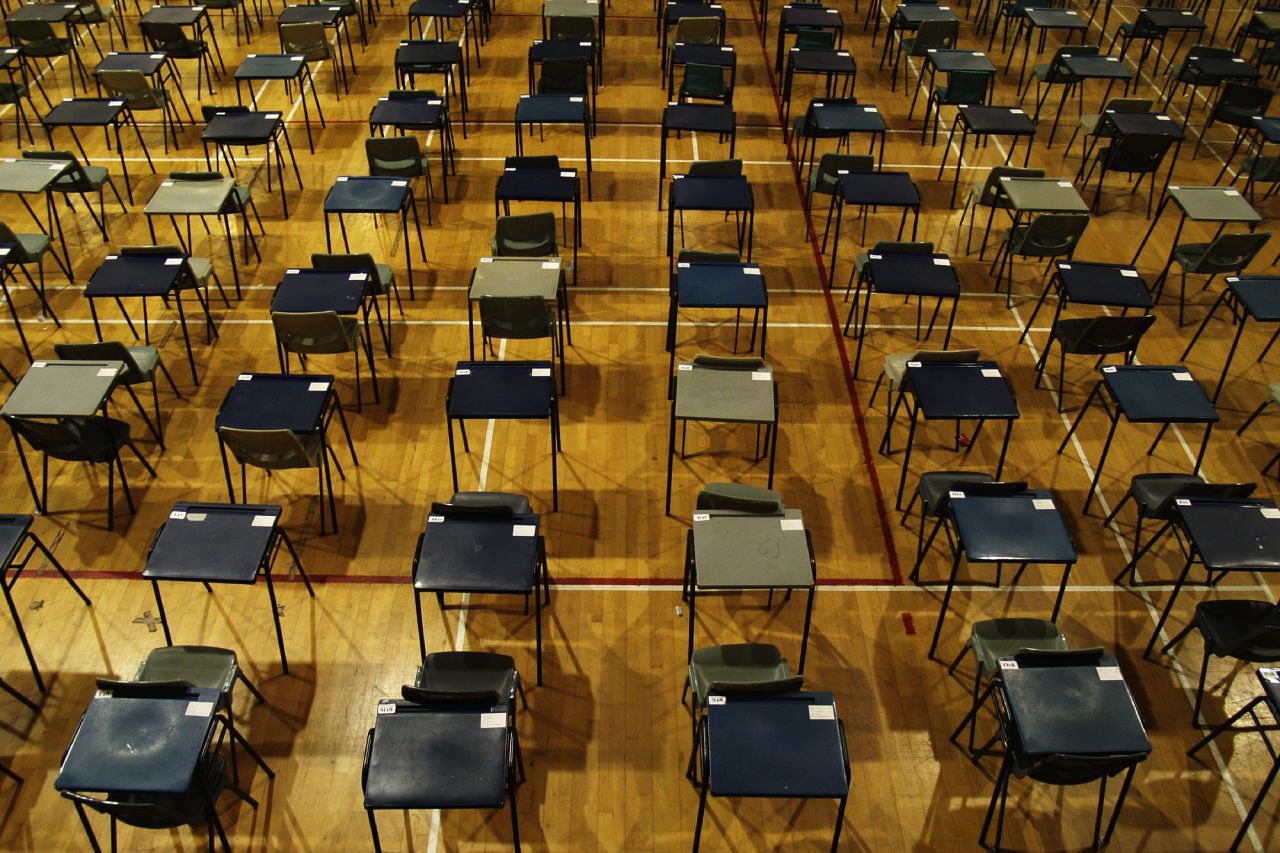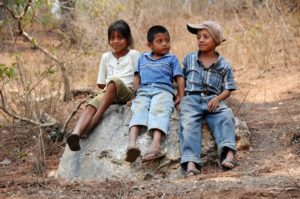
It is a well-known fact that the quality of education afforded to young people in urban areas is negatively disproportionate to that of rural youths. A local study conducted by authors De Lisle et al under The University of The West Indies noted that “the education system inherited from British colonial rule is noticeably elitist – and designed to filter, segregate and retain students based on perceived meritocracy.” This means that as a result of segregation, whether geographically or class-related, the education of the rural community has already been deemed as somewhat insignificant. The educational gap between urban and rural youths is alarming. Evidently, the education of urban youths seems to take precedence over that of rural youths.
The impact that the current COVID-19 pandemic has had on rural youths and their education has been debilitating. In Rural Youth and the COVID-19 Pandemic, the Food and Agriculture Organization of the United Nations highlighted that although the pandemic is affecting all parts of society and livelihoods worldwide, it is worth recognizing that the disadvantaged segments of the population like rural young men and women will be impacted harder. This statement holds particular weight when focusing on the education sector of said youths.
The COVID-19 pandemic has exposed the poor pre-existing situation as to just how much rural youths lack resources, particularly in Trinidad and Tobago. It has been a struggle for both teachers and students in these areas to teach and learn, respectively, without proper resources. This is a sensitive subject for teachers and students in rural areas to discuss. The ‘new normal’ has forced teachers to adopt the style of online teaching – meaning, that the physical classroom has been transformed into Zoom video calls, sending notes via Whatsapp Messenger or email and even posting assignments via Microsoft Teams. Although this may seem like the most difficult part of the adjusting period, rural youths who do not possess the required resources, such as devices or internet service, to facilitate this new method of learning have been put at a huge disadvantage in their education career. Without such resources, how are rural youths supposed to academically progress? Or are they supposed to be deprived of months worth of teaching due to poor resource allocation?
The fact that many rural youths may not enjoy the luxuries of technological advancement or well-functioning internet service, results in their inability to fully participate in the new normal of online school. This once again puts the importance and thought of the education of rural youth on the back burner.
The previous point raises another topic worth discussing under the umbrella of education: Rural Youth and Technology. Certainly, efforts in technological advancement have been made by the government, in particular rural areas in Trinidad, by providing primary and secondary schools with desktop or laptop computers. However, since the initial implementation of such, no further action has taken place when it comes to the maintenance and upkeep of software on the devices and educating the youth on how to properly use the devices.
Although most young people today possess the knowledge required to live in a technologically advanced world, it seems as though rural youths are not afforded the same luxury due to neglect by the government. So how is it possible for rural youth to successfully adapt to the new normal of online schooling if they are either provided with outdated devices or do not know how to properly use them?
Essentially, the pandemic has further exacerbated the prior education gap between rural and urban youth in Trinidad. One must understand that the needs of rural students are far more concerning and pressing than that of students in already developed areas. As such, one theoretical solution to push everyone at once to become technologically advanced cannot help all, especially when it comes to resources and infrastructure.
A sensible solution when schools reopen would be to gather and properly reallocate resources, specifically targeted toward the rural youths who have been hit harder than most during the pandemic.

VIEWS EXPRESSED IN THIS ARTICLE ARE THOSE OF THE AUTHOR(S) AND DO NOT NECESSARILY REFLECT THOSE OF The Toco Times.






Really enjoyed reading this. Even though most of us know this information already, we don’t always keep it to mind and act on it. I really appreciated being able to bring this to mind, especially through this eloquent piece of writing. Looking forward to more in the future!
It is a facts that this pandemic has change how schools will transfer their lessons and in this day technology is a huge part of that.This article is a reminder to be grateful for what have no matter how little cause someone may have it even worst.